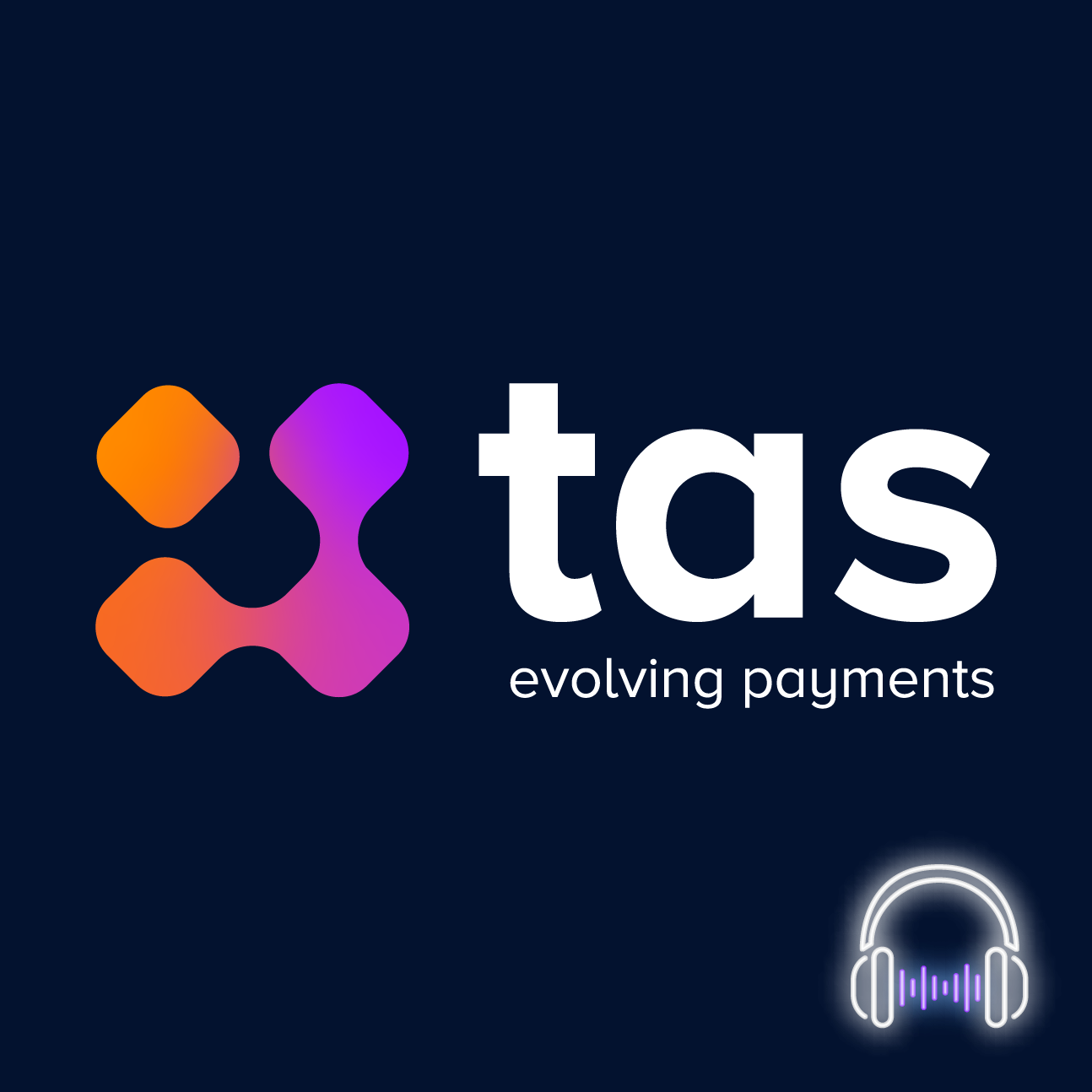How the T2-T2S Consolidation and Instant Payments will affect BCBS248
While the imminent deadline of the T2-T2S Consolidation project together with the SWIFT CBPR+ Project, have absorbed time and resources at the bank’s side, the impact they will have on Intraday liquidity management is also likely to be heavily felt. When BCBS248 was introduced back in 2013, it brought with it a new set of best practices for the monitoring and measuring of intraday liquidity, throwing the topic into sharp focus. Key improvements introduced included a better distribution of payment outflows as well as the re-design of all processes around data acquisition, reconciliation and bilateral agreements with respective correspondent banks. In other words, it was only relatively recently that banks have started assessing their intraday liquidity exposure and adjusted their internal workflows to maintain and optimise their Intraday liquidity buffers.
The first major step that introduced disruption to the bank’s data management was switching from EOD batch processes towards an intraday approach. Whilst real-time and intraday management were long known within RTGS systems, it changed Correspondent Banking relationships considerably, where the banks were used to receiving EOD statements on a daily/weekly basis.
A second major turning point was assessing what systems and what obligations were to be considered for the metrics calculations, generally linked to any ancillary system activity as well as fiscal related payments and CLS. While BCBS248 addresses the basic guidelines to be taken into consideration when calculating metrics, at a general level, much of the implementation is left to the individual bank’s interpretation. The ECB’s current developments and the systems centralisation processes (T2, T2S and TIPS), have opened new user interpretations with regards to what payments flows to include in the metrics calculation. Some banks have opted to include all ECB systems as a whole in their intraday buffer calculations. Other banks report only the RTGS activities and consider all other systems as ‘’ancillaries’’ that work independently for closing their position on the LVPS at the end of day (e.g. EURO1/T2S) without creating intraday liquidity exposures on the RTGS side.
The Basel Committee has been very clear in stating that metrics reporting should be performed on a LVPS system on a system and currency basis. Other LVPSs can be included in the same report provided that liquidity bridges exist with the main LVPS; where ancillary systems are concerned, there’s no need to report them individually as they settle on the LVPS during the selected operational windows.
One of the trends that has being observed during the assessments conducted in the pre T2-T2S Consolidation phase, is that banks are keen to move most of the retail payments towards clearing and/or IP services, reducing the liquidity impacts on the LVPS. As a result, a significant portion of liquidity will no longer be settled in the LVPS, but managed on separate systems/accounts.
With this upcoming new situation, we will be seeing the migration of a big chunk of liquidity toward non-LVPS related systems that are out of scope for the current BCBS248 scenarios.
Instant Payments, as we know, are independent from clearing and settlement mechanisms and don’t close their position on any existing LVPS. That means that they settle continuously and independently; in case of liquidity shortages or surpluses, it is possible to move funds in and out and measure them accordingly in the metrics calculations of the respective LVPS system (backed by collateralised capacity, typically held at the Central Bank).
The participation in the ECB Instant Payment System, TIPS, will become mandatory for all TARGET2 actors from November 2021, to encourage the usage of the platform and driving the change toward alternative and more cost-effective means of payment. Additionally, TIPS will become the main hub for all funding and defunding activities across all IP schemas, making liquidity available at any time through automated processes.
However, from a BCBS248 perspective, it will still be possible to measure funding and defunding transfers made from/to the RTGS system to/from the dedicated cash account in TIPS.
That said, IP statistics indicate a strong growth trend (one that varies across jurisdictions) mostly driven by individual banks expanding their product offerings as well as an acceleration in the digitalisation processes in the Covid era.
IP volumes are getting higher and will most likely replace the normal ACHs in the retail sector. This is not only driven by cost and efficiency benefits, but also to ensure settlement finality for high value payments. In TIPS all retail payments are eligible for settlement in central bank money, regardless of the amount. The general perception is that we will experience a gradual shift from an intraday liquidity monitoring approach towards a fully automated real-time control; liquidity exposures won’t stop overnight but will keep on running 24/7 in different currencies and systems as a result of interoperability initiatives across the globe.
Likewise, SEPA itself has started the migration process towards a Continuous Gross Settlement schema; banks will now be able to settle SEPA payments on a real-time basis but still outside the LVPS settlement windows. Banks have been used to knowing exactly at what time during the day to expect each settlement, while in a continuous gross settlement environment, batches will be settled on separate technical accounts where liquidity needs to be available at selected ‘’intervals’’ if needed.
Tracking what used to be considered as a ‘’timed obligation’’ on an intraday basis is now opening different views and interpretations. Unless formally stated as part of a regulatory update, the reporting of IP activities and SEPA Continuous Gross Settlement will be both left out of the liquidity metrics as they run independently of the LVPS without creating daily exposures.
Whilst SEPA real-time settlement is still subject to the Bank’s input, IPs will be operating outside normal business hours; the current Intraday throughput takes into consideration the standard day window going from 8:00 to 18:00; whilst banks should now get familiar with measuring liquidity on a 24-hour basis.
The ISO20022 migration facilitates the management of data since a single format (both for payments and for SCT/SCT-Inst) will ensure standardisation across the individual infrastructures. However, the key activities will be focused on implementing fully automated processes and integration supported by a robust infrastructure, (especially for re-balancing liquidity, alerting, and managing payments outflows). Investments should focus on expanding the data repository capacity and on interfacing each system to gather the data going in and out on a real-time basis and displaying it on user-friendly dashboards.
Re-designing the technology strategy will definitely play a key role as well as working together with the Risk Department to assess how payment behaviour will change from an intraday to a 24/7 perspective. With timed obligations and retail payments soon to be out of the LVPS picture, we will be seeing a gradual evolution of both Treasury and Risk, where liquidity will no longer be a monitoring task but rather play a strategic role.
At this stage banks should consider the following as immediate priorities:
Retail payments: these will be split between ACHs and IPs. Banks need to assess the funding activities on separate technical accounts. ECB cash accounts (TIPS) will be supported by CB collateral. However, all liquidity needs to be backed by fully automated processes
Engage in open dialogue with local regulators to assess if and how to report the IP activities in their intraday liquidity metrics calculations on a stand-alone basis as well as how to include the obligations settled on technical accounts
With the imminent Consolidation coming up, considering that TIPS will become the ‘’central connector’’ for all IP CSMs, are regulators expecting separate reports for each ECB system (RTGS+CLM, T2S and TIPS)?
Skilled staff and migration of competencies. With a gradual reduction in manual activities, staff will be required to learn how to leverage new technologies such as AI/ML/Predicative Analytics, and take advantage of powerful new tools that will likely be game changers for liquidity management optimization.
The T2-T2S Consolidation project is nevertheless a challenge that will mark the beginning of new standardised practises as well as a chance to review existing technology and systems, not to be missed.
Author: Alessandra Riccardi, Business Analyst CMT of TAS


